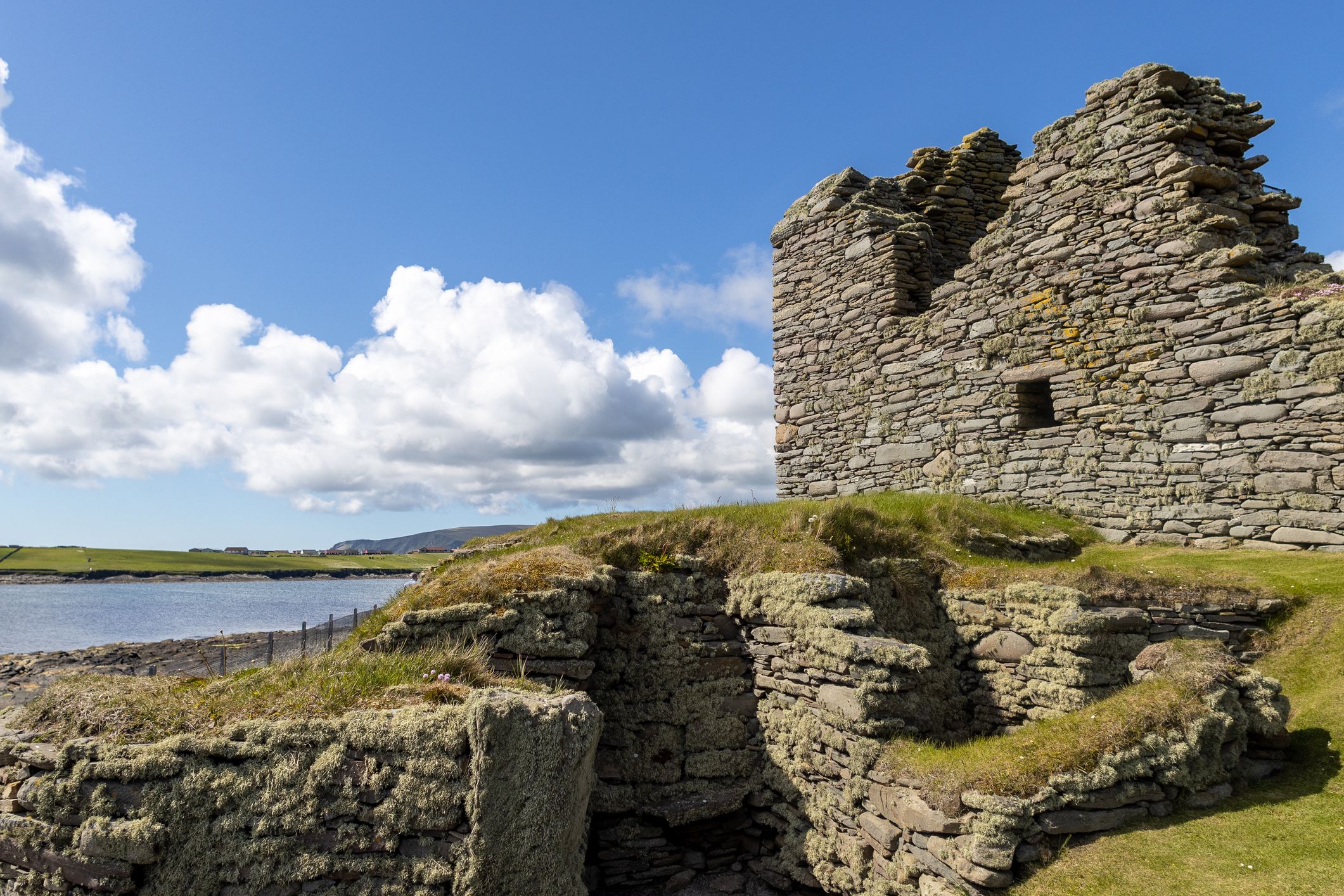Archaeologists Have Uncovered a Bronze Age Civilization Completely Lost to Time
Hidden beneath the earth lay secrets of a complex settlement, questioning what we thought we knew about the ancient world.
BY TIM NEWCOMB
PUBLISHED: JAN 29, 2024 8:30 AM EST

Chris Griffiths//Getty Images
Researchers used satellite images to help expose a societal landscape in Bronze Age Central Europe.
The archaeological team discovered over 100 sites in a complex network, highlighting the largest structures in the world at that time.
The new discovery changes our understanding of how society worked in this region during the Bronze Age.
The world already knew that the largest structures in the world (prior to the Iron Age) were the Bronze Age megaforts of Central Europe. What they didn’t know—at least, until it was unveiled by new satellite and aerial images—is that those megaforts were connected in a previously unknown network of 100 massive sites that stitched together to form a complex society.
Advertisement - Continue Reading Below
Archaeologists found that the “massive sites did not stand alone, they were part of a dense network of closely related and codependent communities,” Barry Molloy—one of the authors of the new study describing these structures, published in the journal PLOS One—said in a statement. “At their peak, the people living within this lower Pannonian network of sites must have numbered into the tens of thousands.”
Some of the largest megaforts—like Gradište Iđoš, Csanádpalota, Sântana, or Corneşti Iarcuri—were enclosed by over 20 miles of ditches and were the largest of the Bronze Age. They were located in the Carpathian Basin, which extends across central and southeast Europe and is cut through by the Danube River.
Similar to the way that 396 previously unknown Roman forts were exposed in modern-day Syria and Iraq through Cold War-era satellite imagery, unlocking over 100 new sites in Central Europe is a feather in the cap of technology-assisted archaeology, and expands our understanding of ancient societal networks.
The new finds were all located near the Tisza River, which now extends through several national boundaries, all within 50 miles of one another. Through ground surveys, excavation, and geophysical prospection, the team established that most of the sites were established between 1600 and 1450 BC, and were likely maintained until an en masse abandoning around 1200 BC.
More:
https://www.popularmechanics.com/science/archaeology/a45897518/bronze-age-civilization-network-discovery-central-europe/
